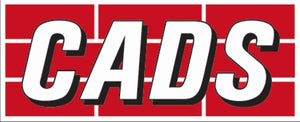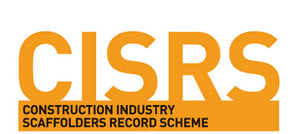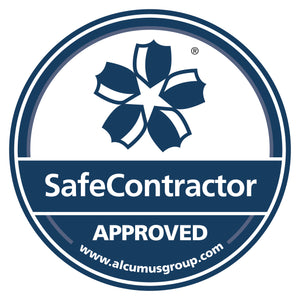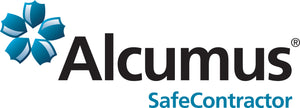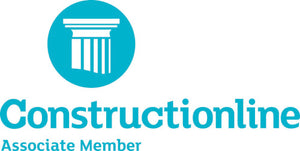19 February, 2024
Building temporary structures to assist with construction or building is a great way to work at height efficiently. However, these structures such as scaffolding, can be dangerous if not used and built properly. Leading to many workplace accidents. If you are using scaffolding in your business, it’s important to ensure you do so with safety, following procedures and training.
Here are our safety tips for working with scaffolding.
Use the correct safety equipment
Personal protective equipment (PPE) is a must when working at heights. Even if you are working at ground level, workers above you could drop items to levels below which can lead to serious head injuries. Employees on scaffolds more than 10 feet off the ground must use personal fall arrest systems or guardrails. Employees on single-point and two-point adjustable scaffolds must be protected using guardrails and personal fall arrest systems. Most scaffold injuries involve falling objects or slips so a hard hat and non-slip footwear are essential.
Be aware of load limits
Scaffolding will have a load limit that you should be aware of. It should be able to support four times the maximum load without failure. However, you should never push the limit and only load the amount stated.
Build properly
When building scaffolding, the manufacturer’s instructions should always be followed. Make sure to avoid power lines by leaving at least 10 feet of clearance between electrical hazards and the scaffold. Shut off any power lines if the distance needs to be less than 10 feet. When building you need to have a competent person supervising the building, moving and dismantling. Check regularly for hazards, defects and debris.
Keep the site organised and clear
Remind all employees to put tools and scaffolding away when not in use, don’t leave obstructions in the way of walkways. Even things such as unused scaffolding pipes and galvanised tubes can be a hazard. Clutter can lead to trips and falls which can pose a serious threat to safety. You should also set up barriers below so that vehicles and large machinery won’t disrupt the ground-level scaffolding.
Train employees
All employees need to be able to recognise, control and prevent hazards, so they should be trained accordingly. Teach proper setup, use and handling of materials taking into account the intended load and type of scaffold used.
If you’re in need of scaffolding for your project, get in touch with TJR Scaffolding today. We have scaffolding poles for sale including scaffolding pipes and galvanised tubes. Contact us today to learn more.
























